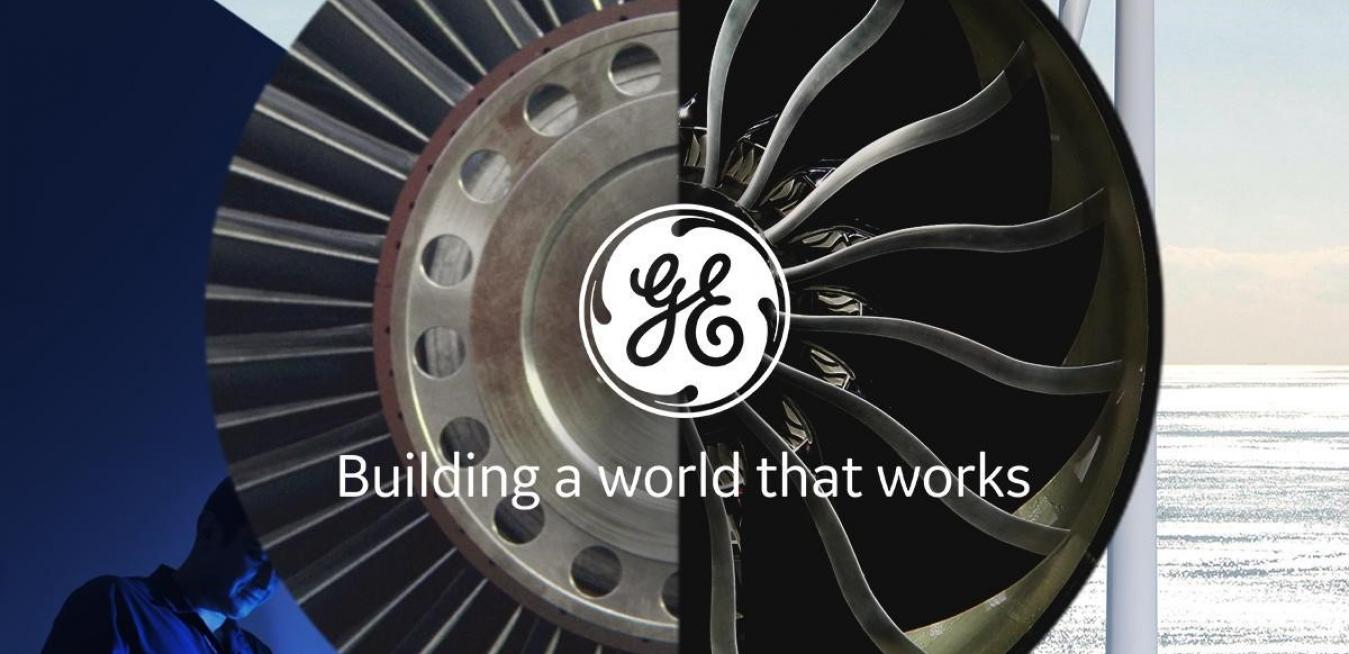GE has announced a comprehensive goal to achieve carbon neutrality for the company’s operations by 2030.
Keep track of GE’s Chairman and CEO, Larry Culp, for plans to reduce greenhouse gas emissions and help solve the global energy transition.

LARRY CULP
GE has a longstanding commitment to delivering for our customers and tackling the world’s biggest challenges. Climate change is undoubtedly among the foremost of those challenges, and we have been sharpening our strategic focus on GE’s role in helping solve the global energy transition. This is a regular discussion topic with our Board of Directors, my senior leadership team and investors, and it’s increasingly at the center of conversations with customers who are working to reduce their greenhouse gas emissions. Our history of innovation, our global footprint and the industries we are in all uniquely position us for building solutions to this challenge.
Setting a New Goal of Carbon Neutrality
Today, GE is setting a goal of achieving carbon neutrality for our own operations by 2030. With over 1,000 facilities across the globe including factories, test sites, warehouses and offices, the scale of GE’s industrial manufacturing footprint means that achieving our new goal will represent a significant reduction of greenhouse gas emissions.
We are targeting the majority of our progress toward the 2030 goal to be through absolute reductions of direct emissions and energy use achieved through operational investments, smart power sourcing, and elimination of waste. Our employees are using lean to hold site-driven sustainability workouts, identify energy reduction opportunities, and calculate and track the costs and paybacks. GE’s prior efforts in this space led us to exceed our greenhouse gas reduction goal for 2020 by reducing emissions from our own operations between 2011 and 2019. These investments and improvements are good for the bottom line and for the world, and employees across GE are energized and proud to help with this type of problem solving.
We also recently announced that we are pursuing an exit from the new build coal power market. This is another significant step that underscores the interplay among decarbonization, market dynamics and our business strategy.
Leading with Our Technology
Climate change cannot be solved without substantial advancements in technology. As a company whose people have led innovation for more than 120 years, we are uniquely positioned and are deploying GE’s global reach, expertise and depth of engineering capabilities to address this urgent challenge. Our innovative and efficient products are making a meaningful impact on the world’s ability to decarbonize, including:
- Onshore wind. GE’s two-megawatt onshore wind platform is approaching 20 gigawatts of installed base globally, which is enough to power 6,000,000 US homes.
- Offshore wind. The world’s largest offshore wind farm at Dogger Bank in the North Sea will be powered by GE’s Haliade-X turbine operating at 13 megawatts, the world’s most powerful offshore wind turbine.
- Gas power. Our world-record setting HA turbines are the most efficient gas turbine and are engineered to complement variable renewables with their industry-leading flexibility. The first purpose-built hydrogen-burning power plant in the U.S. also recently announced that it plans to use a GE 7HA.02 turbine, which has the capability to transition to 100% hydrogen over time.
- Nuclear power. The US Department of Energy just awarded advanced reactor demonstration funding for our Natrium technology (jointly developed with our partner TerraPower), and the largest Canadian power operator recently selected our BWRX-300 small modular reactor as a leading technology for further development. These advanced nuclear technologies will be able to provide carbon-free, dependable base load and flexible capacity and play an important role in the energy transition.
- Aviation. The GE9X aircraft engine, the world’s largest and most powerful aircraft engine, is also the most efficient engine we have ever built and is designed to deliver 10% greater fuel efficiency than its predecessor. This is the culmination of a renewal of our commercial engine portfolio, with each new product line offering a step change in fuel efficiency.
These are investments GE has been making over the years to deliver more efficient technologies for our customers.
Technology advancements like these are a central part of our business strategy, and we will continue to invest in R&D and pursue next generation products and breakthroughs as part of our commercial differentiation. GE is tackling these technological challenges and is partnering with our customers to realize the promise of these innovations.
Addressing the Decarbonization Challenge Across Our Industries
We are also in ongoing dialogue with customers, suppliers and other stakeholders about emissions reductions across the entire value chains of our industries. Developing the approaches to achieve these broader reductions is complex but important work, and we are committed to continuing these efforts with a focus on the areas of greatest impact within our different sectors.
This industry-specific work is already underway. In power generation—which is crucial to the energy transition as the broader economy electrifies—there are a range of decarbonization solutions that address the differences across countries and regions in their energy needs and resource availability. As utilities, power producers, grid operators and policymakers around the world set their own decarbonization goals for the power sector, GE’s diverse offerings will enable them to achieve their targets. Those offerings range from wind power to state-of-the-art natural gas, nuclear and other power generation equipment, grid upgrades and solutions like hydrogen and carbon capture that are likely to play a growing role over time. GE Aviation has been among the leaders of an ambitious aviation industry initiative to achieve a 50% reduction in net carbon dioxide emissions by 2050, relative to 2005 levels. And at GE Healthcare, where our customers and partners are actively examining the public health effects from climate change, we are increasing our focus on the sustainability across our manufacturing, sourcing, distribution and installation operations, as well as the service and support of our products.
As the global effort to decarbonize continues to reshape how energy is produced and consumed in the decades ahead, GE will be at the center of the energy transition in the industries we serve.
Across our businesses, our teams are rising to the challenge and innovating for our customers and the world. GE, as it has through its history, is investing in the technologies that will shape the future. Building a world that works is our purpose and addressing climate change is fundamental to fulfilling this purpose for our customers, employees and communities.






